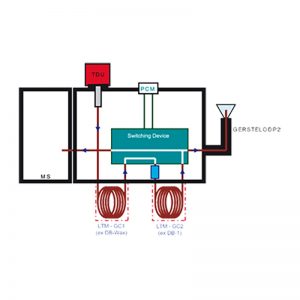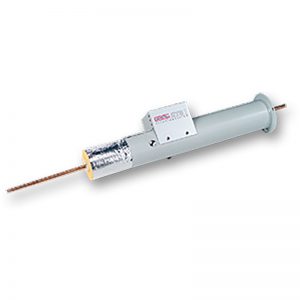Description
Numerous standard sample preparation procedures for chromatographic methods, according to accepted laboratory procedures, are based on liquid-liquid extraction (LLE), even though this technique is marred by several disadvantages: many steps are difficult to automate and relatively large volumes of, sometime toxic, organic solvent are involved.
The extract must sometimes be cleaned up in several stages, concentrated and evaporated, in order to achieve adequate detection limits. Membrane Assisted Solvent Extraction MASE is an alternative to LLE: It is based on small-scale LLE with a low density polyethylene (LDPE) membrane separating the aqueous sample from the organic solvent. MASE can be performed fully automated by the MultiPurpose Sampler MPS and embedded into sample preperation procedures. Extracts can be directly injected into GC or GC/MS systems by Large Volume Injection LVI.





